How Does Lavalier Microphone And Recorder Work?
Lavalier microphones, often referred to as lapel mics, are small, clip-on microphones that are commonly used in television, theater, and public speaking to provide hands-free operation. These microphones are designed to be unobtrusive and are typically clipped to the user's clothing, close to the mouth, to capture clear and direct sound. When paired with a recorder, lavalier microphones can be an essential tool for capturing high-quality audio in various settings. In this article, we will explore how lavalier microphones and recorders work, their components, and practical applications.
Understanding Lavalier Microphones
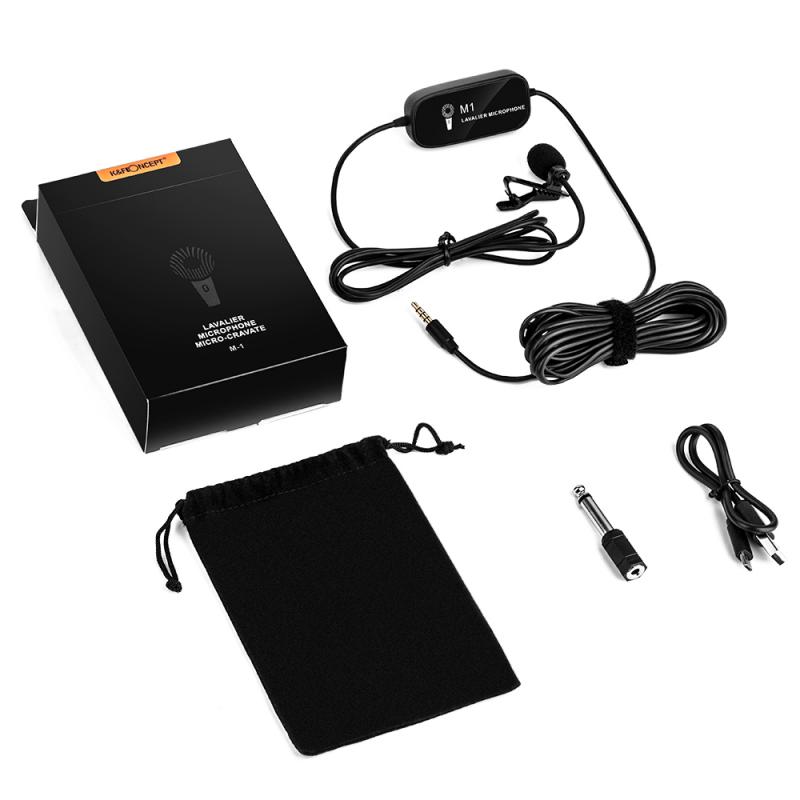
Components and Design
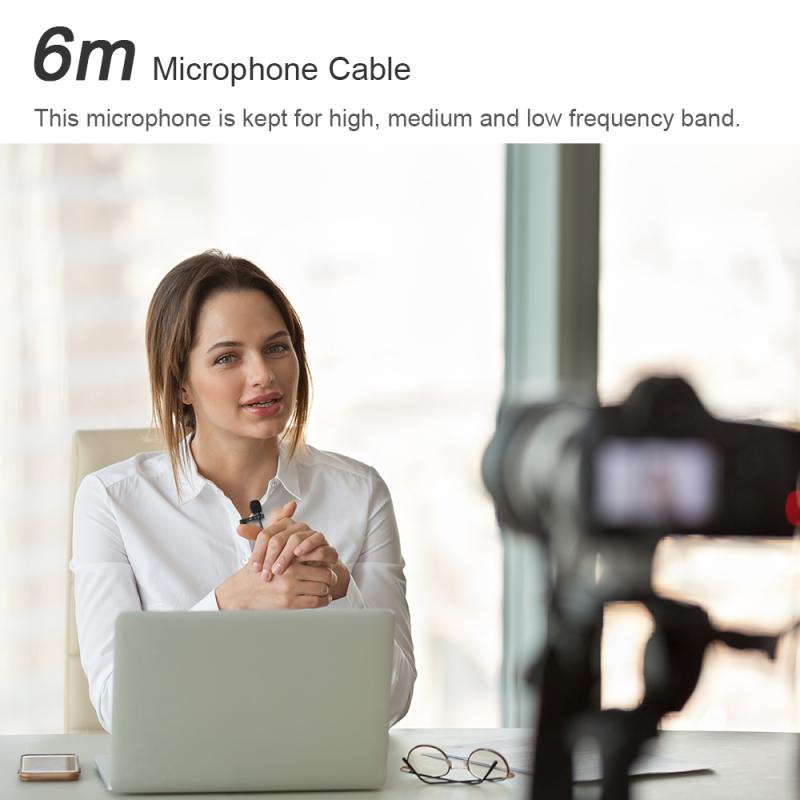
Lavalier microphones consist of several key components:
1. Microphone Capsule: The small, sensitive element that captures sound waves and converts them into electrical signals.
2. Clip: A small clip that attaches the microphone to the user's clothing, usually near the chest area.
3. Cable: A thin wire that connects the microphone capsule to the transmitter or recorder.
4. Transmitter (for wireless systems): A small device that sends the audio signal wirelessly to a receiver connected to a recording device or sound system.
Types of Lavalier Microphones
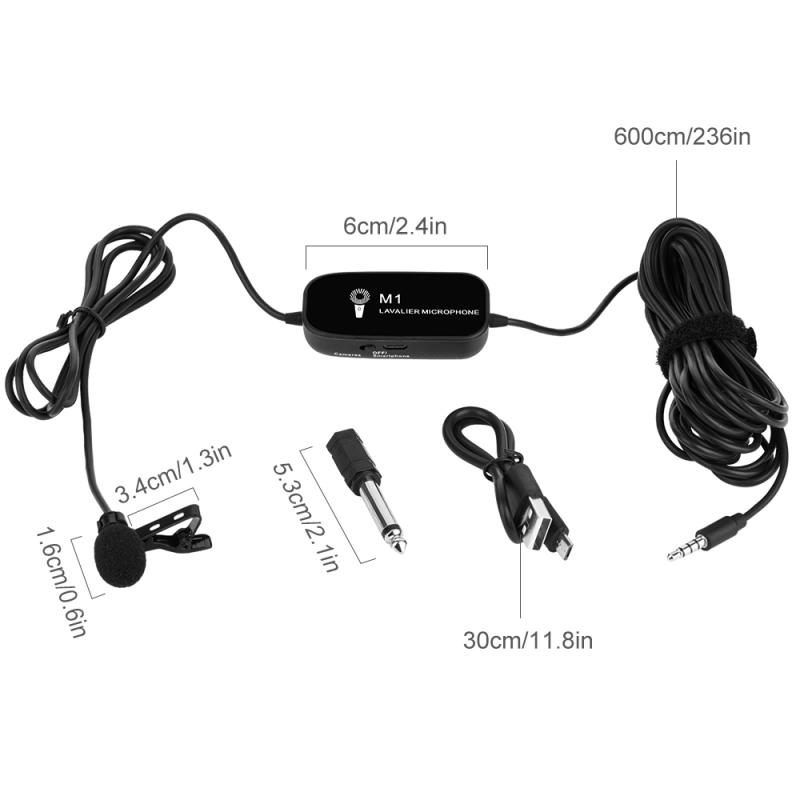
There are two main types of lavalier microphones:
1. Wired Lavalier Microphones: These microphones are directly connected to the recording device via a cable. They are reliable and do not require batteries, but the cable can limit the user's mobility.
2. Wireless Lavalier Microphones: These microphones use a transmitter to send the audio signal to a receiver connected to the recording device. They offer greater mobility but require batteries and can be susceptible to interference.
How Lavalier Microphones Work
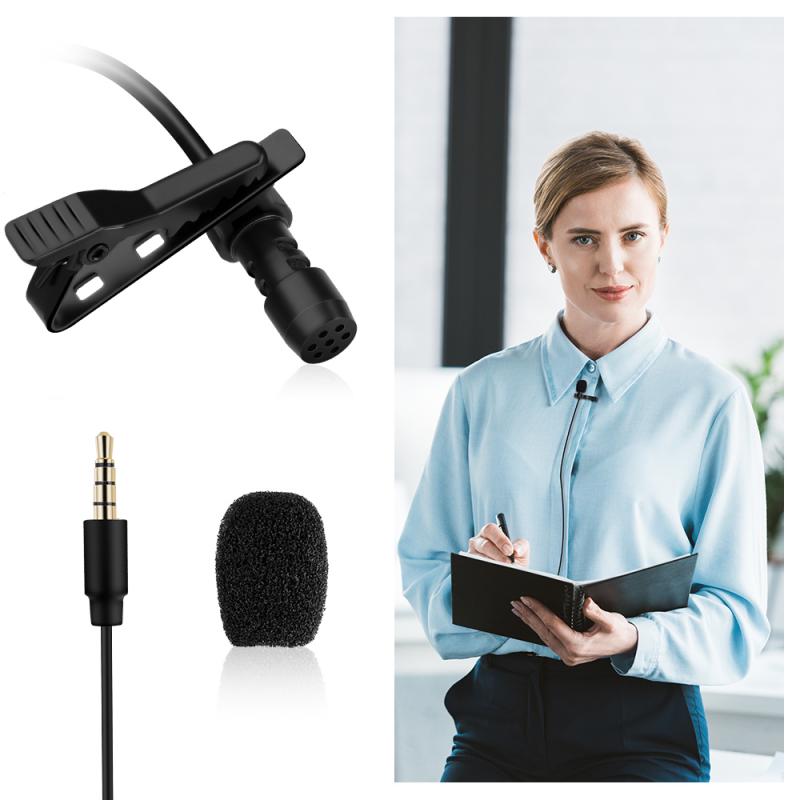
Lavalier microphones operate on the same basic principles as other types of microphones. Here’s a step-by-step breakdown of how they work:
1. Sound Capture: The microphone capsule captures sound waves produced by the user's voice. The capsule is typically an electret condenser type, which is sensitive and capable of capturing a wide range of frequencies.
2. Signal Conversion: The sound waves are converted into electrical signals by the microphone capsule.
3. Transmission:
- For wired lavalier microphones, the electrical signal travels through the cable directly to the recording device.
- For wireless lavalier microphones, the electrical signal is sent to the transmitter, which then sends it wirelessly to the receiver.
4. Recording: The recording device receives the electrical signal and converts it into a digital or analog format for storage and playback.
Understanding Recorders
Recorders are devices used to capture and store audio signals. They come in various forms, from simple handheld devices to complex multi-track systems. Here’s a closer look at the components and functionality of recorders:
Components of Recorders
1. Microphone Input: The port where the lavalier microphone is connected.
2. Preamp: Amplifies the weak electrical signal from the microphone to a level suitable for recording.
3. Analog-to-Digital Converter (ADC): Converts the amplified analog signal into a digital format.
4. Storage Medium: Where the digital audio files are stored, such as an SD card or internal memory.
5. Playback System: Allows users to listen to the recorded audio through built-in speakers or headphones.
6. User Interface: Controls and displays for operating the recorder, such as buttons, touchscreens, and LED indicators.
Types of Recorders
1. Handheld Recorders: Portable devices that are easy to use and ideal for on-the-go recording.
2. Field Recorders: More advanced devices designed for professional use in various environments, often with multiple inputs and higher-quality preamps.
3. Studio Recorders: High-end devices used in recording studios, offering extensive features and superior audio quality.
How Recorders Work
Recorders follow a series of steps to capture and store audio:
1. Input: The lavalier microphone is connected to the recorder’s microphone input.
2. Pre-amplification: The preamp boosts the weak signal from the microphone to a usable level.
3. Conversion: The ADC converts the analog signal into a digital format.
4. Storage: The digital audio file is saved to the storage medium.
5. Playback: The recorded audio can be played back through the recorder’s playback system.
Practical Applications
Lavalier microphones and recorders are used in a variety of settings, each with its own specific requirements and challenges. Here are some common applications:
Television and Film
In television and film production, lavalier microphones are often used to capture dialogue. They are favored for their discreet size and ability to capture clear audio without being visible on camera. Wireless systems are commonly used to allow actors to move freely without being tethered by cables.
Public Speaking and Presentations
Lavalier microphones are ideal for public speaking and presentations, as they allow the speaker to move around the stage or room while keeping their hands free. The microphone can be connected to a wireless transmitter, which sends the audio signal to a receiver connected to the sound system.
Theater
In theater productions, lavalier microphones are used to amplify actors' voices. They are typically hidden in costumes or wigs to remain out of sight. Wireless systems are essential in this setting to allow actors to move freely on stage.
Interviews and Podcasts
For interviews and podcasts, lavalier microphones provide a convenient way to capture high-quality audio without the need for bulky equipment. They can be connected to portable recorders, making it easy to record in various locations.
Tips for Using Lavalier Microphones and Recorders
To achieve the best results with lavalier microphones and recorders, consider the following tips:
1. Placement: Position the microphone close to the mouth, but not directly in the path of breath to avoid plosive sounds. Clipping it to the chest area usually works well.
2. Clothing: Be mindful of clothing noise. Avoid fabrics that rustle or create friction noise against the microphone.
3. Wind Protection: Use a windscreen or foam cover to reduce wind noise when recording outdoors.
4. Battery Management: For wireless systems, always check and replace batteries before important recordings to avoid interruptions.
5. Monitor Audio: Use headphones to monitor the audio quality during recording to catch any issues early.
6. Test Equipment: Always test your equipment before the actual recording to ensure everything is working properly.
Lavalier microphones and recorders are indispensable tools in various fields, from television and theater to public speaking and podcasting. Understanding how they work and how to use them effectively can significantly enhance the quality of your audio recordings. By paying attention to microphone placement, managing clothing noise, and monitoring audio, you can achieve professional-level results with these versatile devices. Whether you are a seasoned professional or a beginner, mastering the use of lavalier microphones and recorders will open up new possibilities for capturing clear and high-quality audio in any setting.

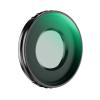
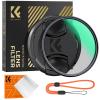

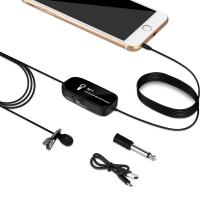

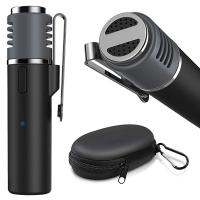
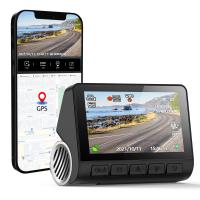
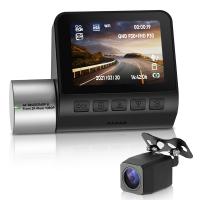
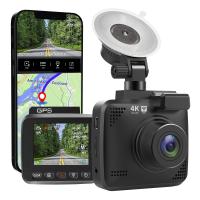
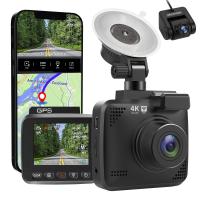
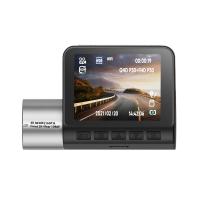

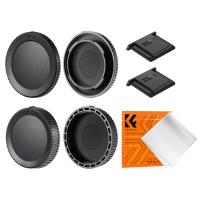

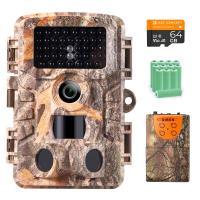

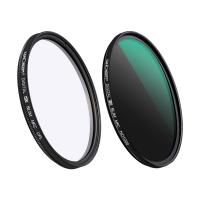


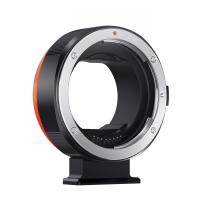
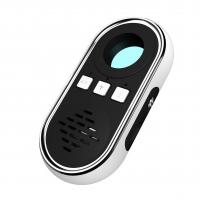

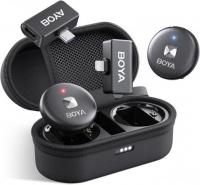
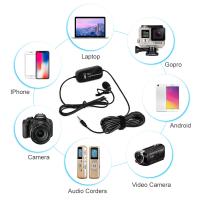








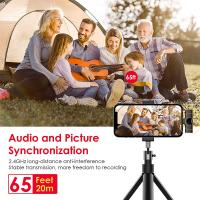


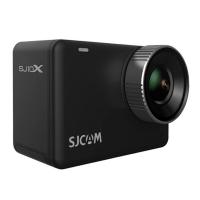

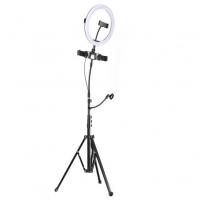

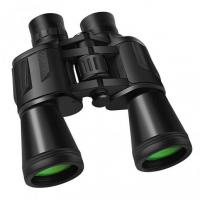
There are no comments for this blog.